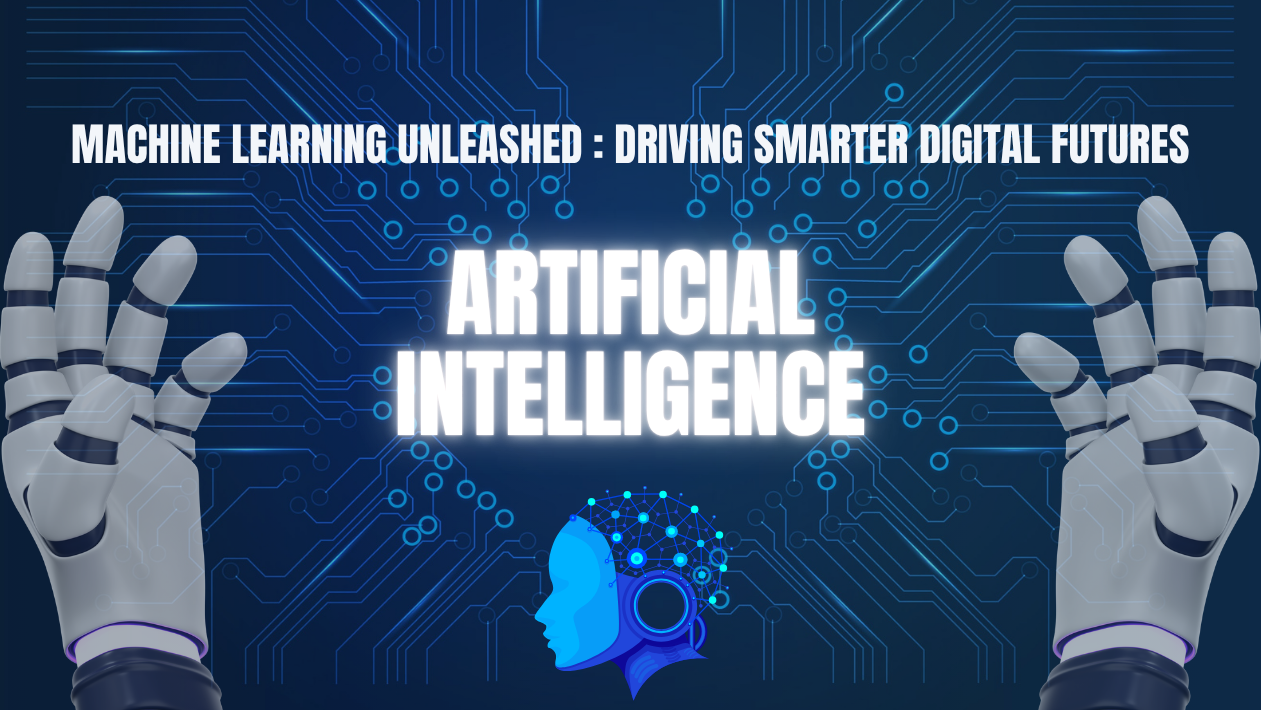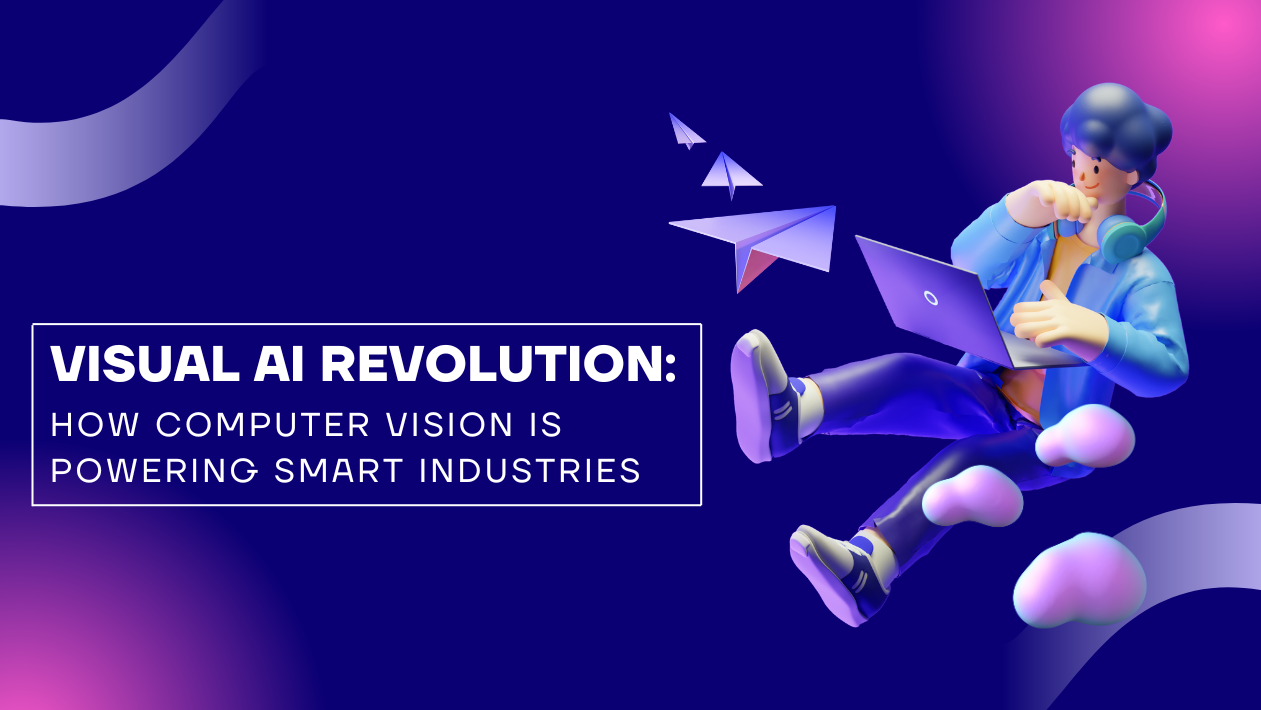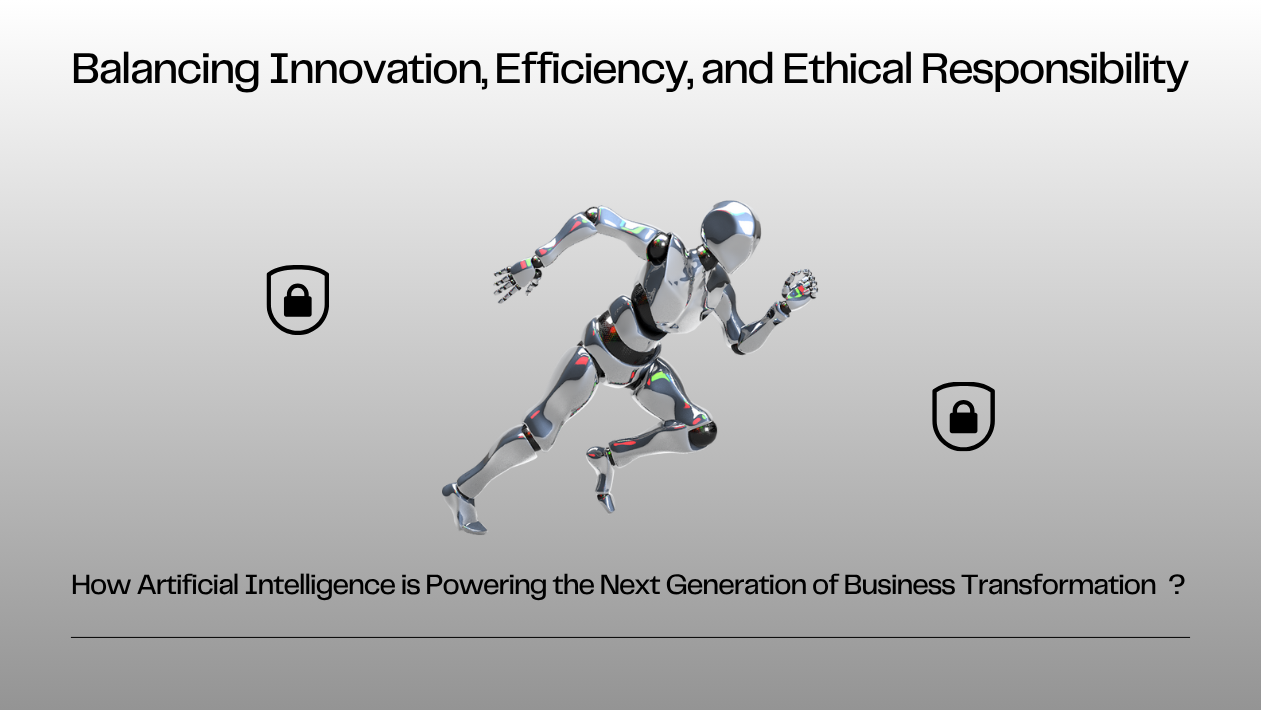In 2025, computer vision has moved far beyond facial recognition and barcode scanning. Powered by advancements in deep learning, edge computing, and multimodal AI, computer vision is now revolutionizing real-world operations across sectors—from autonomous retail and medical imaging to traffic monitoring and industrial automation.
With visual AI models now operating in real time and at scale, organizations are leveraging cameras as smart sensors to make faster, safer, and more intelligent decisions.
Retail Goes Autonomous with AI-Powered Checkout and Analytics
Retailers are deploying computer vision-based checkout systems to eliminate lines and reduce staffing costs. Stores powered by platforms like Amazon Just Walk Out, Trigo, and Zippin use ceiling-mounted cameras and AI algorithms to track customer movements and item selections automatically.
Meanwhile, in-store analytics tools are offering heatmaps, demographic insights, and shelf optimization data—enabling hyper-targeted merchandising strategies.
Healthcare Embraces Vision AI for Early Diagnosis
Hospitals and clinics are increasingly relying on computer vision in radiology and diagnostics. AI tools can now detect signs of diseases such as cancer, stroke, and diabetic retinopathy faster and more accurately than human doctors in many cases.
Companies like Aidoc, PathAI, and Google Health are at the forefront, combining vision with NLP to provide full diagnostic reports.
Computer Vision in Smart Cities: Traffic, Safety, and Sustainability
Urban planners are using vision systems to monitor traffic flows, detect accidents, and manage public safety in real time. AI-powered CCTV cameras are helping law enforcement track suspicious behavior while maintaining data privacy compliance.
Vision AI is also being applied in waste management, energy conservation, and pedestrian analytics—making cities cleaner and more efficient.
Industrial and Manufacturing Use Surges
In factories and warehouses, computer vision is ensuring quality control, equipment monitoring, and worker safety. Drones and robotic arms now use vision to inspect parts, spot defects, and navigate environments autonomously.
Companies like Siemens, Bosch, and Nvidia are leading the charge by integrating real-time vision into edge devices.
On-Device Vision AI and Privacy-Focused Innovation
Thanks to improvements in edge AI chips from Qualcomm, Apple, and Intel, many computer vision models can now run directly on mobile phones, AR glasses, and IoT cameras—minimizing latency and protecting user privacy.
Applications in augmented reality (AR), fitness tracking, and personal health diagnostics are expanding rapidly.





